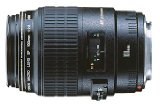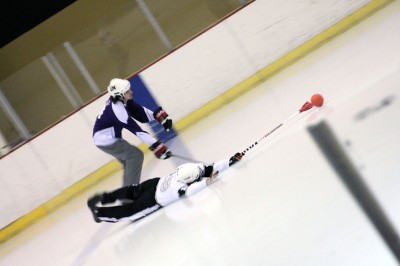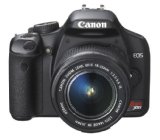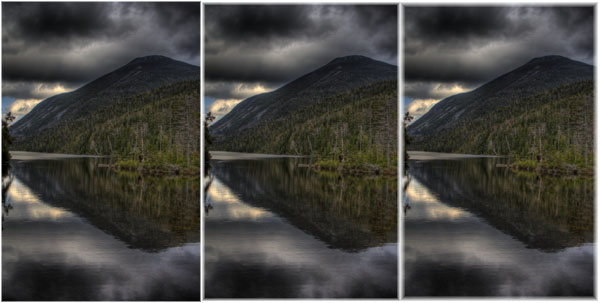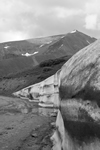Macro Lenses
My new baby. Well, almost. I finally ordered the Canon 100mm Macro USM lens the other day after it”s been sitting on my wishlist for over a year. Why? Well the sucker is expensive, but a macro lens opens up so many possibilities for photography. I can”t wait for my new lens to show up . . .
If you do a little browsing, you”ll find that I picked up one of the more expensive macro lenses out there (excluding Canon”s professional series lenses, which are insanely expensive). But I didn”t just spend extra money for fun – there are some very good reasons for the price of this lens that make it worthwhile: the f-stop, the minimum focal distance, and the USM. The other lens that was in very close competition with this one for me was the 60mm macro USM . . . which basically has the exact same specs except for the focal distance (different from the minimum focal distance I mentioned above). The 100mm lens “zooms in” farther on a subject (though not that this is a fixed focal distance lens, so technically it does not zoom at all!), while the 60mm lens provides a wider angle of view. But considering the small price difference, and the fact that the whole point of macro photography is to get really close to a subject . . . the 100mm made more sense to me.
Ok, so priority #1 when shopping for a macro lens is that it”s actually a macro lens. There are lots of lenses out there that are advertised as being macro, but really aren”t. Macro means that the image on your CCD is at least 1:1 with the actual object. A normal lens is always less than 1:1, and crazy macro lenses will actually magnify the image bigger than 1:1 (at this point, you have basically converted your camera to a microscope, with all the inherent drawbacks of magnifying things that much. Including diffraction issues, magnifying motion to the point that the shutter click will blur your image, etc).
Now, while a 1:1 ratio may not sound like much, consider that a normal lens will take an image like a portrait (ie a person, maybe 5-6 feet tall in real life), and turn that into an image the size of your CCD which is typically 1/2 inch or less. Ok, so that”s exaggerating things a bit, because you probably know that you can get pretty close to a subject and take a picture of a much smaller area than a person. But most lenses hit their limit at around 3” from the subject, and given a standard viewable angle that means you are looking at around 6″ of real space being projected onto a 1/2″ CCD. So in layman”s terms, the 1:1 macro lens lets you magnify things about 12x bigger than a standard lens. Sound significant now?
Ok, next important part about the macro lens is the f-stop. The f/2.8 available on Canon”s 100mm and 60mm USM macros is about the best (smallest) f-stop I”ve found short of going to professional lenses. The smaller the f-stop number, the more light the lens can let in (ie the bigger the diaphram opens). And with macro photography, where you are often very close to a subject, and taking a picture of something very small (ie less surface for light to reflect off of in the first place), letting in as much light as possible becomes critical.
Minimum focal distance (as opposed to focal distance) is the shortest distance between the subject and CCD of the camera at which the lens can focus. Since the point of macro photography (usually) is to get very close to a very small subject, short minimum focal distance is a good thing. If you”re clever, you may have noticed that the 60mm lens minimum focal distance is 0.65 foot, while the 100mm lens minimum focal distance is 1 foot. So wouldn”t that make the 60mm lens better? Not quite. Remember, this is the distance from the subject to the *CCD*, not the subject to the lens. So subtracting out the length of the lenses, the 60mm lens will be 5″ from the subject, and the 100mm lens will be 7″ from the subject. And then take into consideration that the image on the 100mm lens will be almost double the size (it”s effectively “zoomed in” releative to the 60mm lens).
Ok, and last topic is the USM (ultra-sonic motor). It”s a new buzz-word at Canon, but what it really means is incredibly fast and acurate autofocusing. Which if you”re taking photos of bugs landing on flowers in super close-up, you don”t want to have to worry about your autofocus going spastic. Or god forbid, trying to manually focus on a focal plain that is probably too short for your eye to detect through the viewfinder.
So that”s all the theoretical advice on macro lenses . . . I”ll let you know how it all holds up when I get mine here in a couple days ![]()


